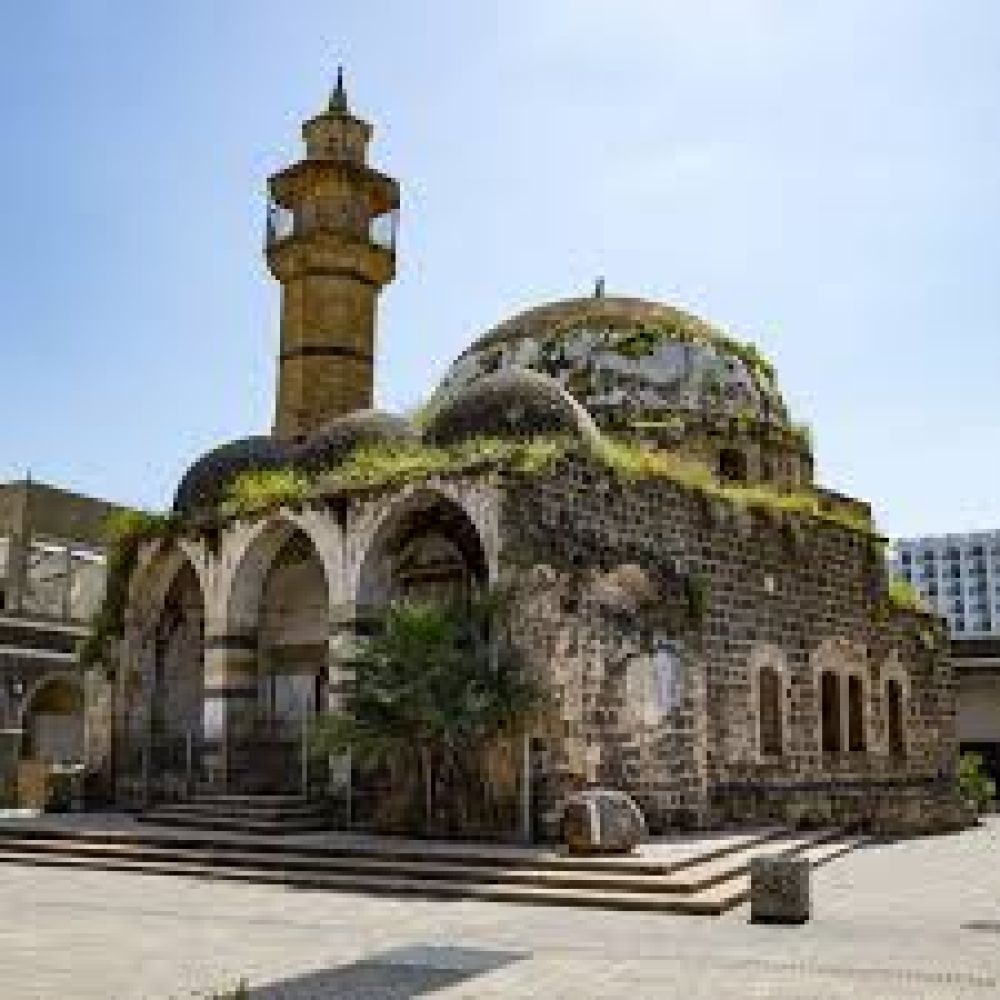

Overlooking the tranquil waters of the Sea of Galilee, Tiberias Old City is a destination with a rich tapestry of history, culture, and faith. Established around AD 20 by Herod Antipas, the city is named after the Roman Emperor Tiberius. It quickly became an important site for Jewish religious scholarship and the site of the compilation of the Jerusalem Talmud.
For centuries, Tiberias has been a magnet for Jewish pilgrims due to its prominence in religious texts and its proximity to numerous holy sites. It holds significance for Christians as well, with many biblical events taking place in surrounding areas. The importance of Tiberias as a pilgrimage destination grew in the Byzantine era and continued through the Islamic conquests, when the city retained its status as a center for Jewish learning.
With the Ottoman Empire's rule, which began in the 16th century, Tiberias experienced further development as a tourist destination. The Ottomans built impressive infrastructure including the city walls, hammams (baths), and caravanserais to accommodate travelers and pilgrims. During this time, the city was revitalized as a site of religious study and a stopping point for visitors en route to Jerusalem.
The modern development of tourism in Tiberias began in the late 19th and early 20th centuries as European pilgrims and tourists started to explore the Holy Land in greater numbers. The British Mandate era saw continued growth in Tiberias's infrastructure to support the surge in tourism. Tiberias became known as a health and wellness destination due to its thermal springs, and the Kinneret (Sea of Galilee) attracted visitors looking for relaxation and spiritual experiences.
Today, the Old City of Tiberias remains an essential destination for travelers to Israel. Tourism trends have shifted towards more holistic experiences that combine history, spirituality, and leisure. Modern visitors are likely to enjoy the archaeological parks, visit the ancient synagogues, enjoy boat rides on the Sea of Galilee, and explore the surrounding trails and natural reserves.
Heritage and cultural tourism has strengthened, with the Old City's mixture of Ottoman, Arab, and Jewish history being a focal point. Culinary tourism is also on the rise as travelers seek to experience the unique flavors of the region, and eco-tourism has gained popularity, with many tourists coming to enjoy the outdoor activities around the sea and nearby hills.
In recent years, Tiberias has invested considerably in renovating and preserving the Old City. Projects aimed at maintaining historical sites and improving the quality of tourist accommodations have been implemented. Technology-enhanced experiences such as virtual and augmented reality tours are becoming part of the visitor experience, making the rich history of the area more accessible to a global audience.
The history of tourism in Tiberias Old City is as old as the city itself. From its foundation to the modern day, it has continuously evolved to meet the changing desires and interests of those who travel to its hallowed grounds. As the convergence point of ancient history, spiritual significance, and natural beauty, Tiberias Old City remains an enduring attraction for tourists from around the world.